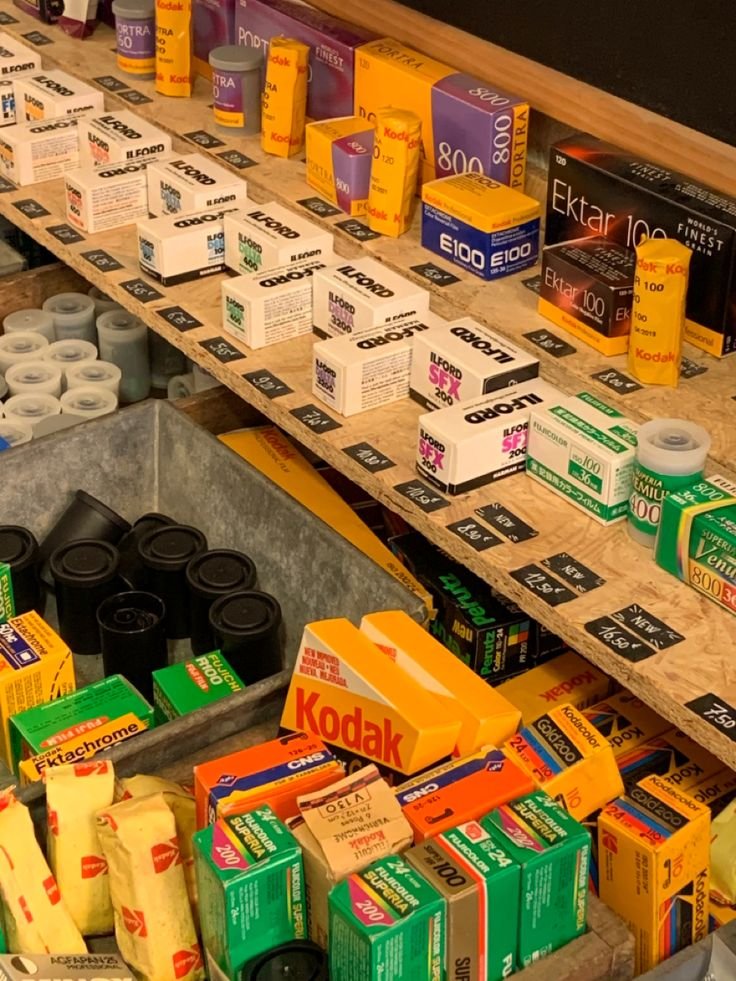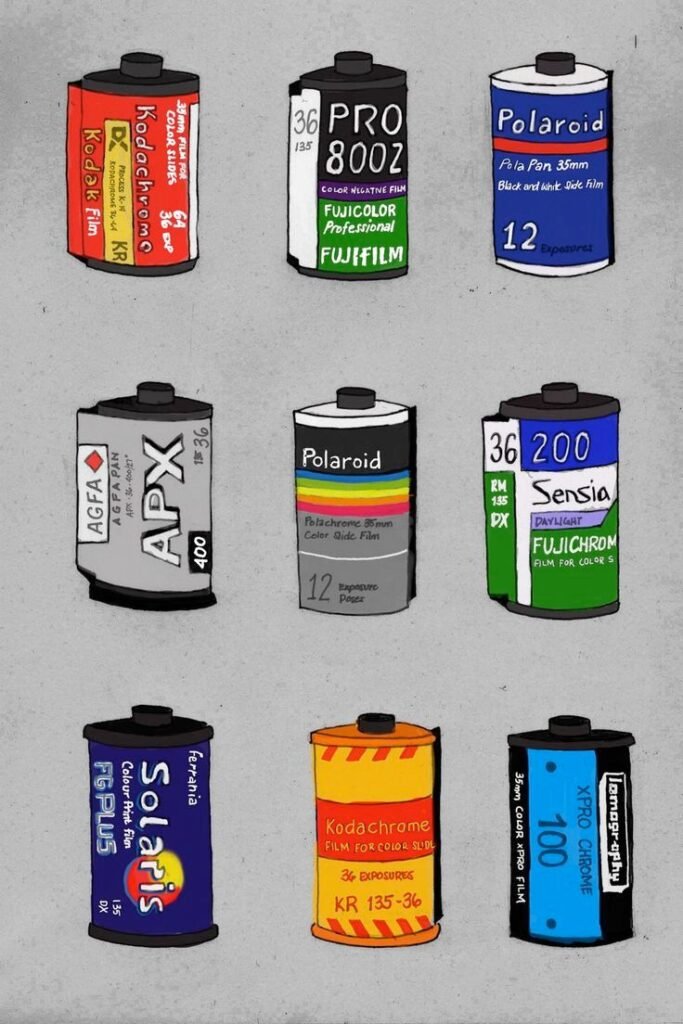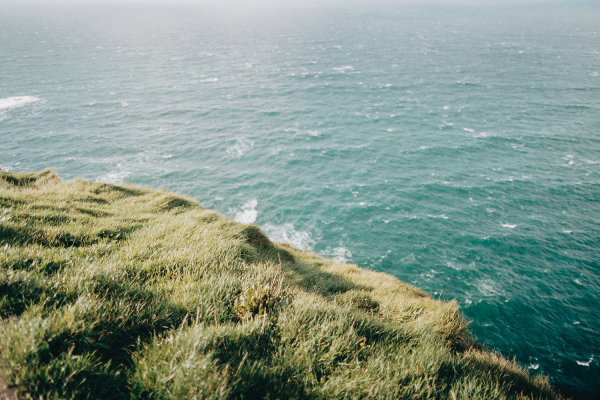Key Takeaways
35mm 135 film is highly portable and offers 27 or 36 exposures per roll.
Introduced in 1935, it has become the most popular film format for amateur and professional photographers alike.
It provides a wide range of emulsions, making it versatile for different types of photography.
Local photography stores, online retailers, and specialty shops are great places to buy 35mm film.
Popular 35mm cameras range from beginner-friendly models to advanced options for professionals.

About Film Format
35mm 135 film, often referred to simply as 35mm film, is a staple in the world of photography. It’s the format most people think of when they hear “film camera,” and for good reason. This film format has been around for decades and remains popular due to its versatility, ease of use, and the quality of images it can produce.
I recommend reading this article to help you choose from the various artistic forms of 135 film. https://oldtimefocus.com/top-35mm-color-film-brands-ranked-comprehensive-tier-list-guide/
Specifications and Features
Understanding the specifications and features of 35mm 135 film is crucial for making the most out of this versatile medium. Here are some key points to consider:
For a comprehensive understanding, you might also want to check out this 35mm 126 film format guide.
Size: 35mm film measures 24 x 36 mm per frame, housed in a canister to prevent light exposure.
Exposures: Typically available in rolls of 27 or 36 exposures, making it convenient for various shooting needs.
Emulsion Range: Offers a wide variety of emulsions, including color, black and white, and specialized films like infrared.
ISO Ratings: Available in different ISO ratings, from ISO 50 for low-light conditions to ISO 3200 for high-speed photography.
Processing: Compatible with standard C-41 color processing and traditional black-and-white developing methods.

Where to Get It
The 35mm film format remains one of the most popular and accessible types of film, even in the digital age. One of the reasons for its enduring popularity is the ease with which it can be found. Most camera stores, photography shops, and online retailers stock a variety of 35mm films, from color to black and white, catering to different artistic preferences. You might want to check out our guide on 127 format film for alternative options
Best Place to Buy Your New 35mm Roll of Film:
According to my local photo lab, the demand for 35mm film is so high that people come in every 15 minutes to either purchase new rolls or develop their photos. This consistent foot traffic highlights the strong resurgence of film photography. It’s not just a niche hobby anymore—it’s become a mainstream creative outlet.
Pros and Cons
|
Advantages |
Disadvantages |
|---|---|
|
Portability: Compact 35mm cameras, like the Leica M4, are ideal for travel and street photography. |
Lower Resolution: Compared to medium and large format, 35mm film has less detail and more noticeable grain, especially in large prints. |
|
Wide Range of Emulsions: Offers a variety of film types (color, black and white, infrared), allowing for creative flexibility. |
Cost of Film and Processing: Each roll of film must be purchased, developed, and printed/scanned, adding up over time. |
|
Image Quality: Can produce high-quality images with fine grain and excellent color reproduction. |
Environmental Impact: Chemical processing can be harmful to the environment if not handled properly. |
|
Accessibility: 35mm film is widely available and can be processed at most labs. |
Ongoing Expenses: Aside from film and processing, scanning or printing adds additional costs. |
|
Cost-Effective: More affordable than medium and large format films, making it suitable for budget-conscious photographers. |
In conclusion, 35mm 135 film remains a popular and versatile choice for photographers of all levels. Whether you’re a beginner looking to explore the world of film or a seasoned professional seeking a reliable format, 35mm film offers a wealth of possibilities. By understanding its history, features, and applications, you can make the most of this enduring medium and capture stunning images that stand the test of time.

Frequently Asked Questions (FAQ)
Here are some common questions about 35mm 135 film, along with concise answers to help you get started:
What are the best cameras for beginners using 35mm film?
For beginners, I recommend starting with cameras like the Canon AE-1 or Pentax K1000. These models offer a good balance of manual and automatic features, making them easy to use while providing plenty of room for learning and growth.
How do I store 35mm film to keep it fresh?
To keep your 35mm film fresh, store it in a cool, dry place away from direct sunlight. Refrigerating your film can also help extend its shelf life, but be sure to let it acclimate to room temperature before using it to avoid condensation.
Can I develop 35mm film at home?
Yes, developing 35mm film at home is possible and can be a rewarding experience. You’ll need some basic equipment, including a developing tank, chemicals, and a thermometer.
For black-and-white film, the process is relatively straightforward and can be done with a small investment in supplies.
Color film development (C-41 process) is more complex but can still be done at home with the right equipment and chemicals.
Developing your own film allows you to have complete control over the process and can save you money in the long run.




Leave a Reply